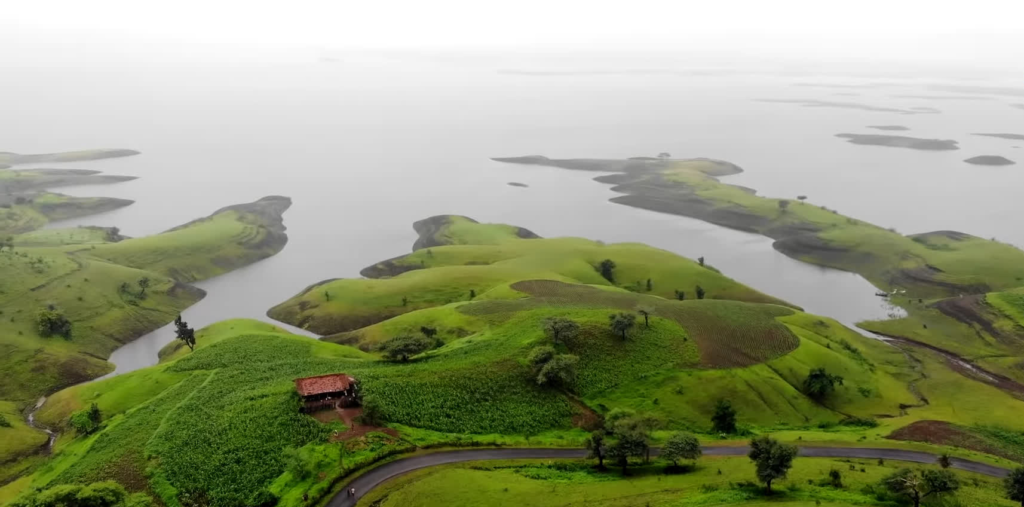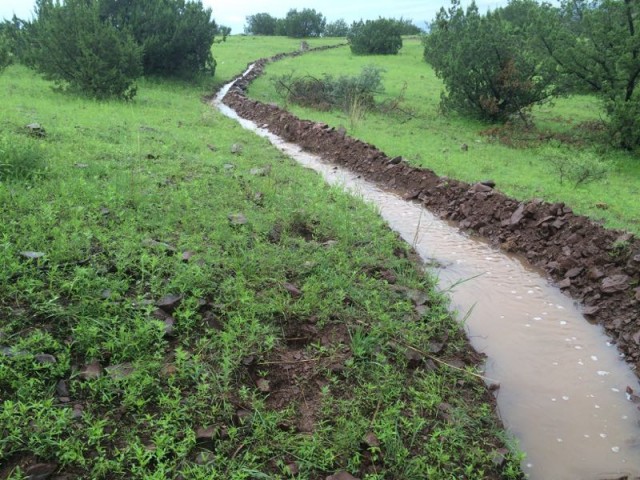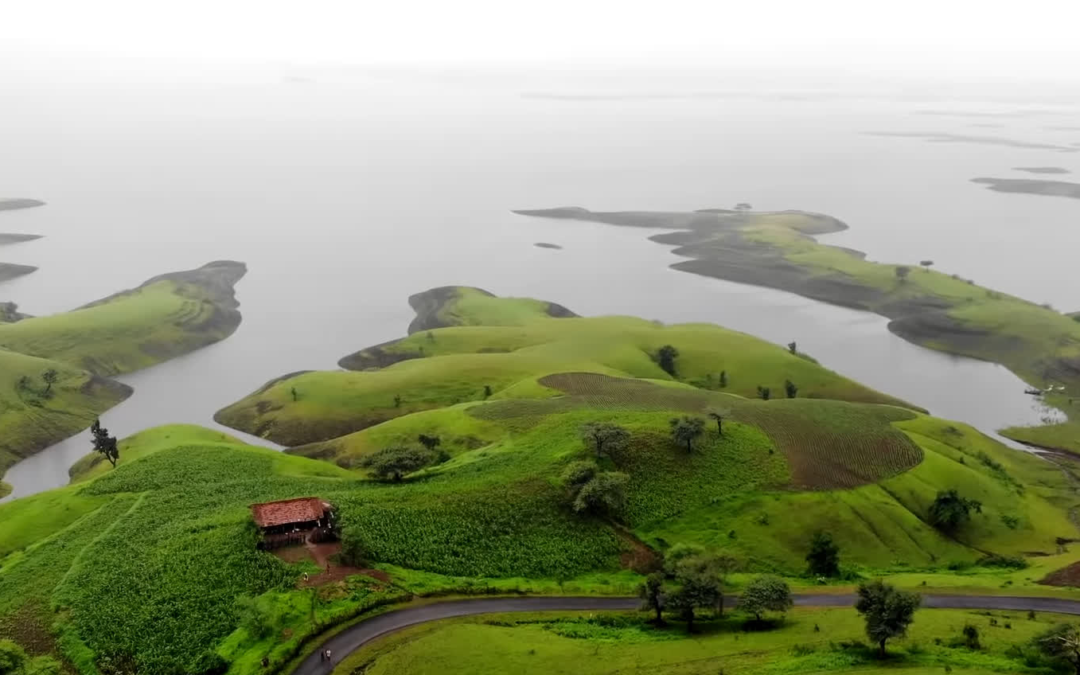Water is the foundation of life for all living organisms on our planet. It is an invaluable resource intimately connected to society and the ecosystem. The United Nations recognizes access to safe water as a basic human right, yet 785 million people worldwide still lack access to clean water.
The concept of “water sovereignty,” which involves community governance over water resources, including control over usage and regulation of contamination, has long been a priority for communities. However, in the pursuit of village development, water harvesting technologies were introduced, opening up opportunities for trade and business. Consequently, water began to be treated as a commodity, posing a threat to future generations and the ecosystem.
India, with its agriculture-based economy, has high water requirements for irrigation, fisheries, and livestock. The industrialization of water-abundant areas has led to a decline in water quality and increased contamination. Small and marginal farmers have been particularly affected, facing water shortages. Marginalized and tribal areas face numerous water management challenges, including erratic rainfall distribution leading to floods and droughts, inefficient water use, unregulated groundwater extraction, water pollution, and decreasing water quality due to poor waste management.
Community-based local water governance, which was effective in the past, is gradually fading due to increased government influence. Governments have invested heavily in centralized systems like drinking water supplies, irrigation systems, and large reservoirs. However, these solutions have proven to be inefficient, economically unviable, and environmentally unsustainable. While communities were involved in capacity building, they were excluded from the governance process and deprived of their rights.
The central western region of India is predominantly inhabited by indigenous communities, many of whom are small and marginal farmers. Their farmlands often consist of hilly terrain, resulting in poor water retention and soil erosion, leading to the flushing of soil nutrients. These areas receive an average rainfall of 800 to 1000mm, but most of the precipitation runs off quickly due to the lack of area-specific integrated natural resource management. Climate change has further increased rainfall variability and average temperatures, affecting both irrigation supply and demand. India is projected to face a severe water shortfall of over 70% in just 100 years. The per capita water availability in 2050 is estimated to be around 1,140 cubic meters, compared to over 5,000 cubic meters in 1950.
Although indigenous communities are often considered the most disadvantaged and vulnerable, their distinct culture and way of life can play a significant role in achieving sustainable development goals. For generations, these communities have practiced Integrated Farming Systems, which enhance water usage efficiency, promote efficient on-farm water management technologies and equipment, prioritize low water-demanding crops, and increase agroforestry. Tribal communities have developed innovative mechanisms to retain soil moisture content, such as summer farming, irrigation using pitchers called ‘Gher,’ and reducing dependency on the external environment by becoming self-reliant for their livelihoods. However, they now face challenges in terms of water sovereignty as they become increasingly dependent on government-provided solutions without meaningful participation.
Considering the current situation, sustainable water resource management requires community-based water governance, well-planned strategies, and approaches like climate-resilient farming, groundwater management, and rainwater harvesting.
Key Recommendations
To achieve water sovereignty, water must not be treated as a commodity. It requires collaboration among different segments of society, including individuals, communities, civil societies, and governments, to develop new resources using existing indigenous solutions.
At the Household or Individual Level:
- Adopt agricultural technologies like Sloping Agricultural Land Technology (SALT).
- Increase the usage of indigenous crops and seeds.
- Reduce the use of fertilizers and pesticides.
At the Community Level:
- Revive and replicate traditional methods of water conservation and harvesting.
- Establish local seed systems for producing indigenous seeds.
At the Governance Level:
- Establish and reinforce community-based and community-led water governance systems.
- Ensure community participation in discussions on water-related issues, adoption of technologies, and establishment of industries.
- Promote agroforestry and develop community forests in common areas.
By implementing these recommendations, we can move towards a future where water sovereignty is achieved, ensuring sustainable water management for indigenous communities and the larger global community.
Authors:
Mr. Jayesh Joshi, Secretary and CEO, VAAGDHARA, RAJASTHAN
Dr. Sudeep Sharma, Senior Programme Lead, VAAGDHARA, RAJASTHAN
Mr. P.L.Patel, Thematic Lead, Agriculture, VAAGDHARA, RAJASTHAN





